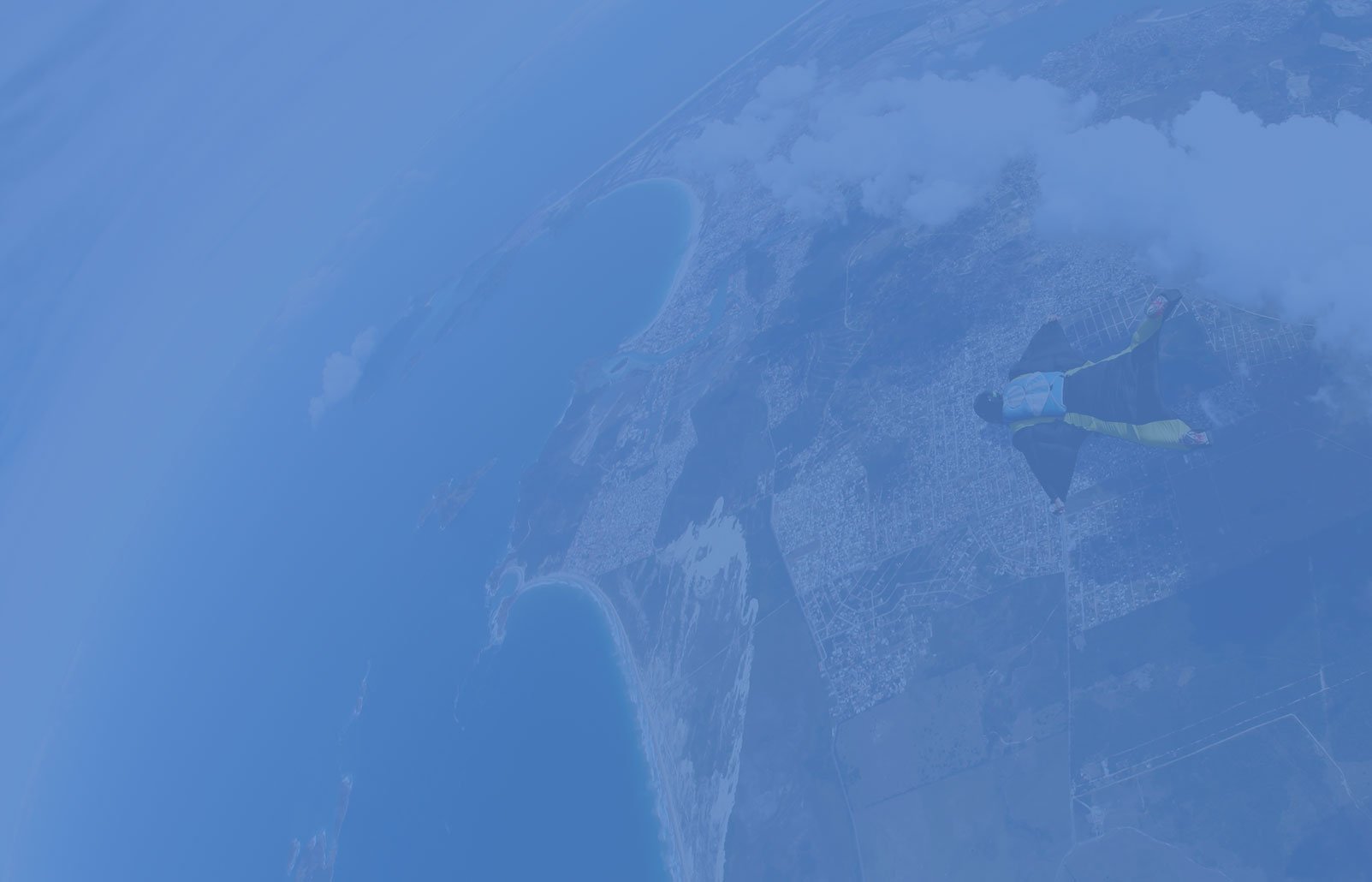Those of us who work with a lot of startups introduce many new companies to the world. The process of doing this is formally called, “Executing a launch.”
Executing a launch … If you really think about it -- the phrase may have two very different meanings. One involves the careful planning, the market seeding, the research, the website preparation, generating the tough Q&A, the outreach and more, all culminating in the client’s audiences realizing there’s something worth paying attention to here. The other is a figurative execution: the client’s first public foray was such a disaster that the launch process resulted in dead silence.
Fortunately, executing a launch rarely results in a company that is dead on arrival, and it’s because of the prep work that goes in ahead of time.
In part 1 of this 3-part blog, I’ll look at what’s required for a successful launch. Subsequent parts will focus on making sure the bases are covered and knowing whether the company is truly ready to launch.
At Rainier, we recommend having a three-month runway before the official launch. Everyone is amazed at how quickly those months fly by, but they give the Rainier team and the client team time for a slew of activities, including the following:
- Research the market and competitors to see how they are telling their stories
- Onboard the client, learning about the company, its products or services, its leadership, its goals, and its differentiators
- Develop and hone key messages and proof points
- Seed the market, when possible, with surveys, op-eds or other materials to tease up the need for the client’s product or service
- Follow relevant journalists and analysts, potential partners and others on social media
- Ensure the website is ready for prime time on the day of the launch
- Generate blogs in advance of the launch
- Work with the client on any needed graphics, photos, logos and other materials that will be needed throughout the launch process
- Conduct media training for the primary spokespeople
- Develop targeted press and analyst lists, including specialized verticals, so the news reaches a targeted, yet broad audience
- Work with the marketing team on its pipeline, ensuring there will be a steady stream of news following the initial launch
- Develop the news announcement
- Develop a compelling (and short) pitch, without giving up the news, to tease the announcement
- Set up pre-briefings with relevant industry analysts, who can hear the news under embargo and potentially lend a quote to the press release
- Refine messages as needed following initial meetings; incorporate feedback
- Conduct pre-briefings under embargo and provide the press release under embargo to key press targets so the news coverage begins as soon as the launch is official
- Queue up the news on a wire service (BusinessWire, PRNewswire, News Direct or others)
- Distribute the news along with specialized and targeted cover notes to key press and analysts
- Conduct extensive follow up to ensure the client’s news is seen and digested by key targets
- Review coverage, see where there is room for improvement, report on activities and coverage, and get ready for the next PR-worthy items in the marketing pipeline.
Admittedly, that’s a long list, but much of it may vary given the client’s situation. Timing is a critical factor: Many clients only seek PR help within a couple of weeks before they plan to launch. Others haven’t yet started a website and haven’t yet named their product. We live in the real world and understand when the perfect pre-launch timeline is not possible. Even with a compressed timeline, it’s possible to make it work.
The key is understanding that executing a launch takes time and a team experienced in doing it well. Don’t get stuck on the ground when it’s time to soar.








